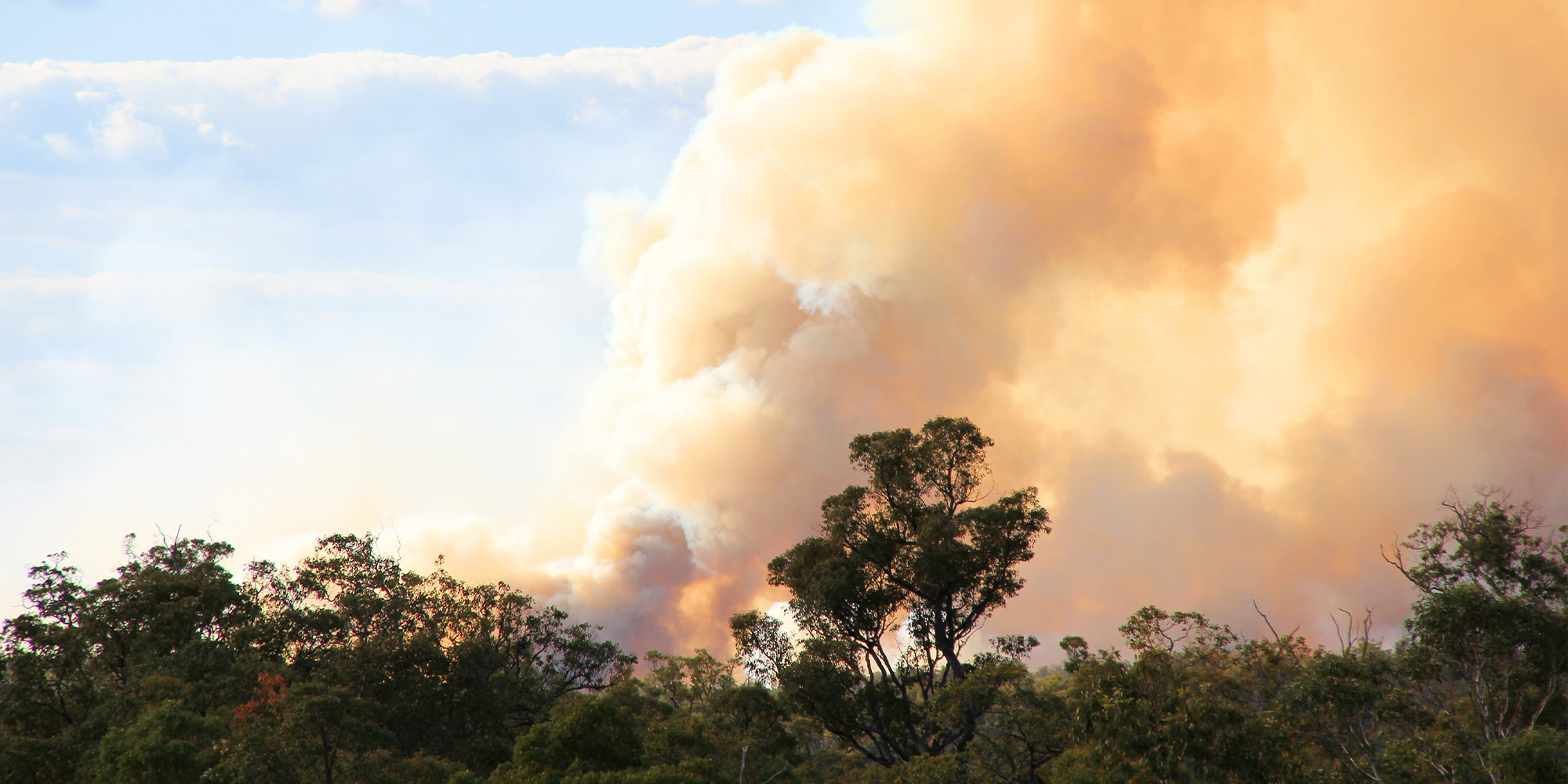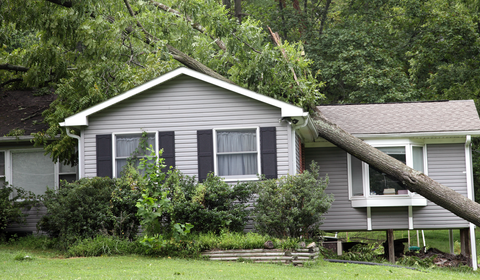Asia is renowned for its vulnerability to natural disasters. The region frequently experiences tropical storms, cyclones and typhoons. Parts of China have faced drought, flooding and earthquakes, while India has endured significant drought conditions. This disaster-prone nature significantly impacts various industries, including banking, financial trading, gaming, semiconductor manufacturing, and luxury hospitality and resort venues. When disasters strike these concentrated areas, the value of claims tends to rise sharply.
Weather events in Asia can be incredibly destructive and Scott Reichelt, president, Asia, identifies three key factors driving the increase in weather-related claims:
- Higher-intensity storms: The intensity of storms has escalated, with typhoon winds now exceeding 200 kph (125 mph) due to warmer water temperatures. These powerful storms can cause extensive damage leading to a surge in claims.
- Expansion of development: As populations grow, commercial and residential developments are expanding into previously undeveloped areas. This expansion increases the number of buildings in vulnerable zones thereby raising the likelihood of claims.
- Increased saturation of insured properties: Compared to 20 years ago, there is a significantly higher saturation of insured properties. With more buildings and assets covered by insurance, the financial impact of weather-related events is more pronounced, driving up the number of claims.
Global inflation is another critical factor pushing claims higher. The loss of revenue, particularly in sectors like casinos and gaming operations, combined with supply chain pressures, drives up costs. These economic pressures add to the overall financial burden on the insurance industry.
To manage large and complex claims more effectively, Crawford partners with Matterport for 3D modelling. Matterport transforms spaces into immersive digital environments, enabling Crawford Global Technical Services teams to assess damage quickly and accurately.
"We expect to see more widespread use of drones, 3D modelling and artificial intelligence (AI) technology to facilitate the claims process,"
says Reichelt.
The well-known ‘retirement cliff’ of adjusters is another factor that will affect the future of claims in Asia and globally. For Crawford, preparing the next generation of adjusters is a key priority. The company invests heavily in training and promotes a strong global culture of continuous learning and mentorship. This approach ensures that the next generation of adjusters can access the knowledge and expertise of Crawford’s experienced workforce. Crawford has made several recruits over the past months to boost the depth of expertise available in Asia including the recent appointment of Tony Chapman to lead Crawford Global Technical Services in the region.
The trends in Asia highlight the need for strategic planning and investment in resilient infrastructure to mitigate the impact of severe weather events. By leveraging advanced technologies and fostering a culture of continuous learning, the insurance industry can better manage the risks associated with weather-related claims and ensure a more sustainable future.
To learn more about the challenges that are affecting the industry today and will continue to impact insurers in the future, including the increasing number and intensity of natural disasters, inflationary pressures that drive up claim value, regulatory requirements that increase rebuilding costs and extend claim life, download our report Large loss claims review and outlook.



